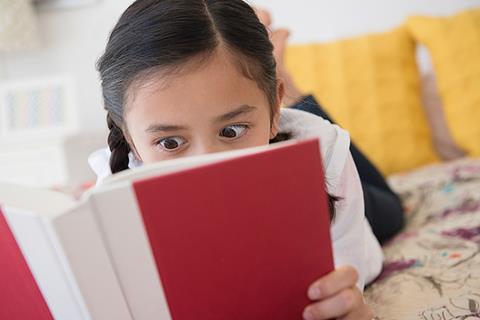Olha Madylus offers a selection of tips and activities for familiarising children with the sound of English and offers a practical way to introduce the alphabet using phonics.

Introduction – Foundations
The sound system of English
Begin by teaching children to recognise, understand and produce the spoken word through games, songs and stories. Allow them to hear plenty of English from you, so try to maximise your English and minimise their mother tongue in the classroom (you can also use videos, tapes, songs, etc) so they become accustomed to the sounds of English. Young children will quickly learn English words if you introduce them with a picture that clearly shows the meaning or you can point to the object in the classroom, e.g. chair, door, window.
Encourage them to speak English by repeating you, joining in chants and songs and responding to simple questions. This foundation is vital to make meaningful links to the sound system of English. Learning sounds and letters without understanding any words is a purely mechanical and potentially off-putting experience for them.
Introducing letters
It is possible to introduce letters after only a few hours of English classes as long as the children have already been introduced to English vocabulary – they understand the meaning of words and are able to recognise the word when it is spoken.
Doing a little regularly and incorporating reading and writing into every lesson is a good idea. It gives the lesson variety and ensures students are not overloaded.
Before introducing letters, however, consider how children learn their mother tongue and whether they are already familiar with, or learning, the Roman alphabet.
Some activities for learning and practising the sound of English
It is possible to have a lot of input in every lesson. Don’t underestimate what children can learn and give them plenty of opportunities to pick up new language. Along with introducing new songs, chants and vocabulary (see the Beginning vocabulary section for ideas), and practising them, you could try the following activities:
Copy the action
This is a TPR (Total Physical Response) action game. Call out action words like swim, jump and hop while doing the actions and get the children to copy the actions, moving around the classroom as they are listening to the words.
This type of activity ensures that children are learning/practising the words meaningfully, and by being physically involved they will enjoy the game, which makes the words more memorable. Getting children to move around in the lesson helps them to either use up the energy they have or re-energise and focus if they are sluggish or distracted.
Speak and point
In this game, children should point at appropriate objects in the room as you call out the names. Children do pick up new words quickly, but they also forget quickly, so it’s a good idea to keep revising and recycling vocabulary. When they are able to remember the words, they will feel a sense of success and be motivated to learn more.
Stories and colouring
Stories are a great way to practise and/or introduce language meaningfully. A quiet game/task based on the story is drawing and colouring in. Quiet activities like this allow children to process the language and have a rest, while you can monitor them and have one-to-one dialogues with them about what they are doing. For example if they are drawing a picture which includes target vocabulary of animals, you can say, ‘That’s a lovely blue tiger' or ‘What a funny dog’, etc, allowing them to hear the target language in a personalised context.
Introducing letters – a phonics approach
A phonic approach is far more useful initially than learning the names of the letters. ‘Knowing’ the alphabet – as in, reciting the names of the letters in the correct order – is not useful if the children aren’t able to match the sound with the written letter. Here are two activities you can use and repeat to introduce, and practise, the letters of the alphabet.
Seven phonics letters
- Prepare 26 flash cards, each one with a letter of the alphabet in lower case (it is also possible to buy ready-made letter flashcards, as well as cards that show common letter combinations such as ‘ow’, ‘ee’, ‘ea’ etc).You can find the onestopenglish flashcards here.
- Take letters A to G and show them one at a time, saying the sound each letter makes. (For the letter ‘c’ use the ‘k’ sound as this will be more useful initially.) Let the children hear the sound and encourage them to repeat it.
- In your next class, introduce the next seven letters of the alphabet (H to N), and so on, until you've introduced all the letters.
Phonics practise
- Hold up a letter and ask ‘Is this a /b/?’ or ‘What is this?'
- Pin the letters on the board and ask children to run up one at a time and ‘slap’ the letter you call out (phonically).
- Ask the children if they know any words that begin with this sound. This is great for using what they already know and making the strong connection between words, letters and sounds.
How to teach skills

A section containing tips and lesson ideas for teaching skills plus expert advice on teaching reading, writing and vocabulary and an archive of downloadable songs to use in class.
- 1
 Currently
reading
Currently
reading
Beginning reading and writing: Introducing letters
- 3
- 4
- 5
- 6
- 7
- 8














No comments yet